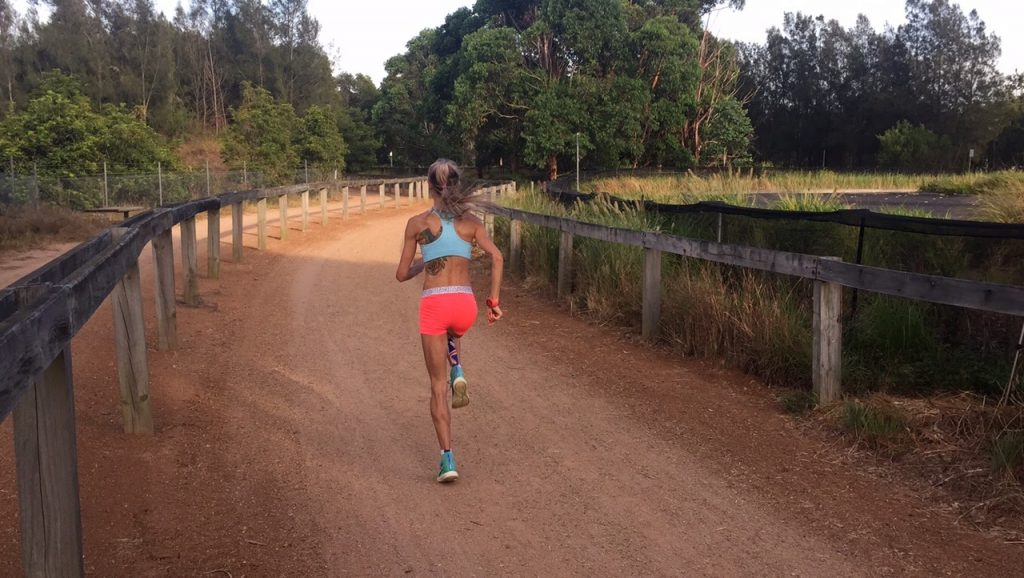By Tristan Ferris. MD. – Runner’s Tribe
Unfortunately, the majority of serious runners suffer a stress fracture at some point in their career, some athletes numerous times.
A classical overuse injury, stress fractures occur when too much stress is put on a weakened bone. It’s often the result of too much training, but can sometimes be related to an imbalance in bone health. Biomechanical imbalances can further predispose certain runners.
However, precautions can always be made to lower, but not eliminate, the risks of stress fractures.
Key steps any stress fracture prone runner should take include:
7 Ways to Reduce the Risk of Stress Fractures
Please note: This article is generic in nature and does not replace the advice from your local sports doctor. Runner’s Tribe advises every runner with medical problems seeks one-on-one medical advice from a trained sports doctor.
1. Gradual adaptation to training
Being an eager bunch, runners tend to build-up too fast. Any sudden increases in the frequency, duration, or intensity in your running can increase the risks of a stress fracture occurring.
Gradual adaptation is required. Any knowledgeable coach should be able to guide you through this process.

2. Don’t be scared to rest
As runners, we feel as if we need to run 7 days a week. This may be fine for many of us. However, if you have suffered from a stress fracture in the past, are a junior, or are a beginner, it may be wise to have a day off per week. Sit around, relax, and allow your bones to recover.
Equally so, if you have just got back from a training camp where you ran record mileage and you are exhausted, then listen to your body and have a couple of days off.

3. Don’t change surfaces abruptly
Your body gets very used to certain surfaces. Don’t abruptly change where you run from the bush to the pavement or the treadmill to the road. Do it gradually over many weeks.

4. Fix any biomechanical weaknesses
Some runners have weak calves, which results in increased levels of stress placed on your tibias and fibulas. Some runners have weak glutes which results in untoward stresses from incorrect foot placement when striking the ground.
Figure out what your biomechanical weaknesses are and do your best to fix them.

5. Change your shoes when required
Unfortunately, this can be easier said than done for those of you who are financially strapped. But, when possible, changing your shoes before your toes rub through the soles is a bonus.

6. Eat a balanced diet
I am not big on supplements. Most leading doctors will argue it’s mainly a sure way to produce very expensive urine. Nothing beats a healthy, balanced diet.

7. Cross-train
A bit like point 2 above. Don’t be scared to cross-train. If your body is worn down, and your legs are aching, then listen to what your body is telling you. You won’t lose fitness by having 1-10 days away from running, especially if you go for a cycle or a swim.






























